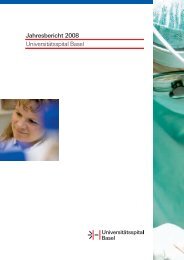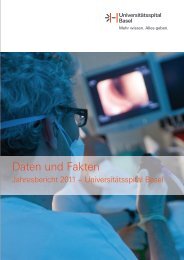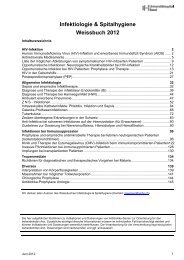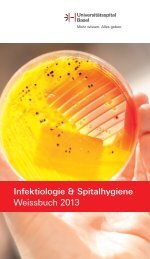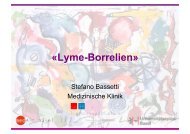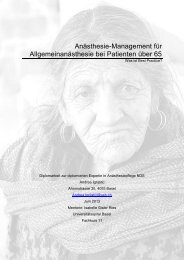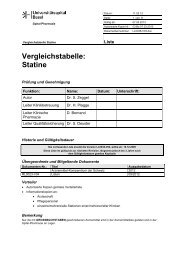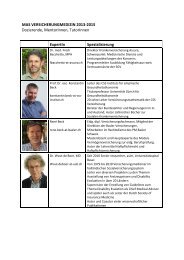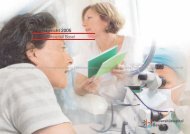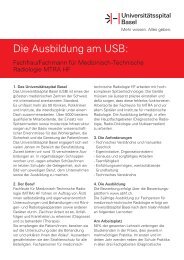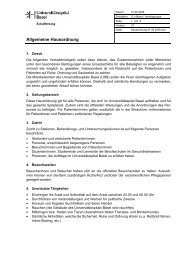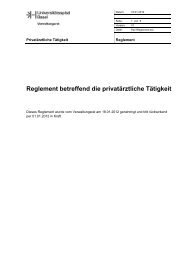Transmucosal Nasal Drug Delivery: Systemic Bioavailability of ...
Transmucosal Nasal Drug Delivery: Systemic Bioavailability of ...
Transmucosal Nasal Drug Delivery: Systemic Bioavailability of ...
Create successful ePaper yourself
Turn your PDF publications into a flip-book with our unique Google optimized e-Paper software.
4. Compounding <strong>of</strong> nasal midazolam preparations<br />
The driving force <strong>of</strong> complex formation is the release <strong>of</strong> enthalpy rich water molecules from the<br />
cyclodextrin cavity. The total energy <strong>of</strong> the drug-cyclodextrin complex decreases by displacing<br />
enthalpy rich water molecules by hydrophobic guest molecules [L<strong>of</strong>tson 1995]. Van der Waals<br />
forces, hydrogen bonds, and hydrophobic interactions stabilize the drug-cyclodextrin complex. The<br />
complexation ratio depends on the physicochemical properties, especially surface character and<br />
size <strong>of</strong> the guest molecule. Most <strong>of</strong> the drugs form 1:1 complexes with cyclodextrin [Szente and<br />
Szejtli 1999].<br />
Generating <strong>of</strong> solid cyclodextrin-drug complexes is more sophisticated, 3 methods (complexation in<br />
solution followed by freeze drying, complexation as a paste, and complexation in organic solvents)<br />
are proposed by Wacker Fine Chemicals (Burghausen, Germany). Before applying solid drugcyclodextrin<br />
complexes, for compounding <strong>of</strong> solid preparations (e.g., tablets) the complex formation<br />
needs to be verified (e.g., by X-ray diffractometry). Benefit <strong>of</strong> solid cyclodextrin-drug complexes in<br />
compounding <strong>of</strong> solid preparations are improved chemical stability, modified dissolution<br />
characteristics, or masking <strong>of</strong> unpleasant taste and/or odor.<br />
Due to chemical structure <strong>of</strong> cyclodextrins (i.e., the large number <strong>of</strong> hydrogen donors and<br />
acceptors), the molecular weight and their low octanol/water partition coefficient cyclodextrins and<br />
the drug-cyclodextrin complexes do not readily permeate biological membranes. Only the free form<br />
<strong>of</strong> the drug is able to permeate the biological membrane.<br />
The drug-cyclodextrin complex diffuses to the lipophilic membrane, where the drug (without<br />
hydratisation) penetrates directly into the membrane, whereas the cyclodextrin remains in the<br />
aqueous phase [Gröger 2001]. Figure 4-2 shows the equilibrium drug complexation and drug<br />
release in the aqueous environment <strong>of</strong> a lipophilic biologic membrane. Competitive displacement <strong>of</strong><br />
the drug molecule contributes to efficient release <strong>of</strong> the drug from drug-cyclodextrin complexes<br />
[Stella et al., 1999].<br />
Katja Suter-Zimmermann Page 35 <strong>of</strong> 186 University <strong>of</strong> Basel, 2008




